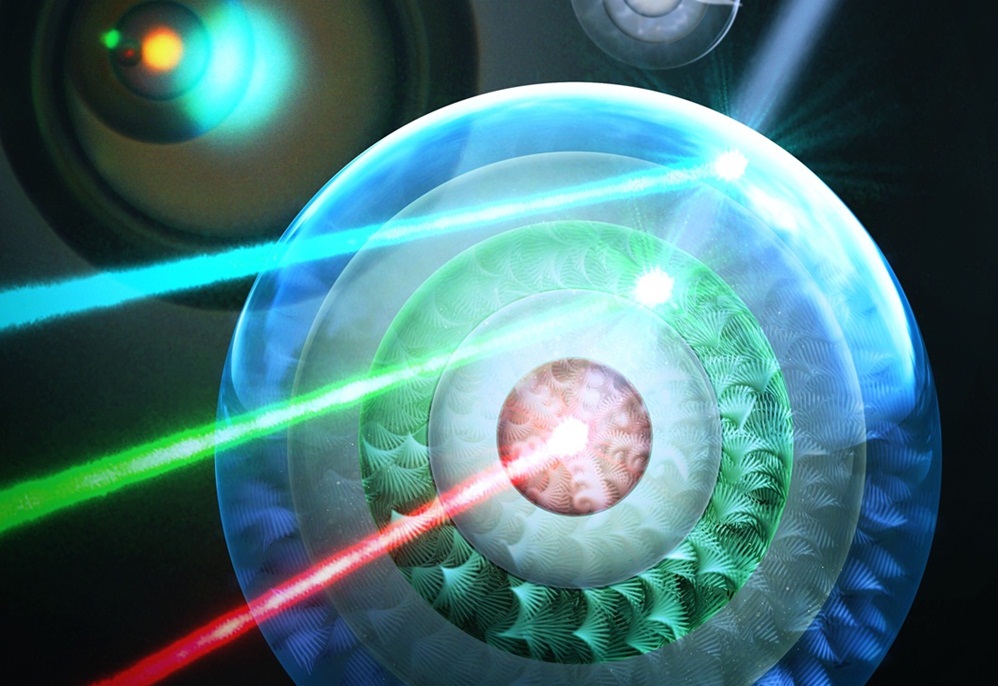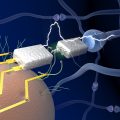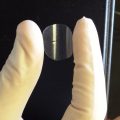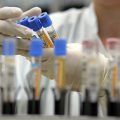
The research team developed the technologyproducing color-changing liquid crystals that can be used instead of ink to protect money, ID cards and other documents from counterfeiting.
Photonic crystal materials are capable ofexhibit different colors not due to the presence of pigments, but due to its periodic nanostructure that reflects light of certain wavelengths. The presence of such a repeating structure on liquid crystals makes it possible to produce a material that simultaneously exhibits several opticalcharacteristics. However, to achieve this effect, it is necessary to sequentially build up many layers with different patterns, which is a very complicated process.
Scientists from the Korea Institute of Science and Technologydeveloped a simple method for making multi-layer liquid crystals as thick as a human hair. To create them, the team used a hydrophobic liquid crystal material, organic alcohol as a hydrophilic wetting agent, and a co-solvent that is soluble in both oil and water.
A mixture of these three substances is emulsified in water withthe formation of microemulsion droplets. Exchanges between the cosolvent, wetting agent, and water molecules through the surfaces of emulsion droplets led to the separation of the hydrophobic and hydrophilic layers.
Depending on the initial ratiocomponents of the mixture, they are divided into 1-5 layers, which can be freely controlled. In addition, with continuous phase separation within each emulsion droplet, the concentration of the chiral impurity within the liquid crystals changes, resulting in multiple structural colors. This allows them to be used to combat counterfeiting.

Scientists Expect New Technology to Helpadd unique optical characteristics to materials. Based on this, the team also plans to further develop various functional particles for composite materials.
Previously, we also reported on the development of a crystal that amplified the laser 13 times more efficiently than existing analogues.
</p>




